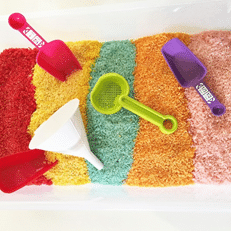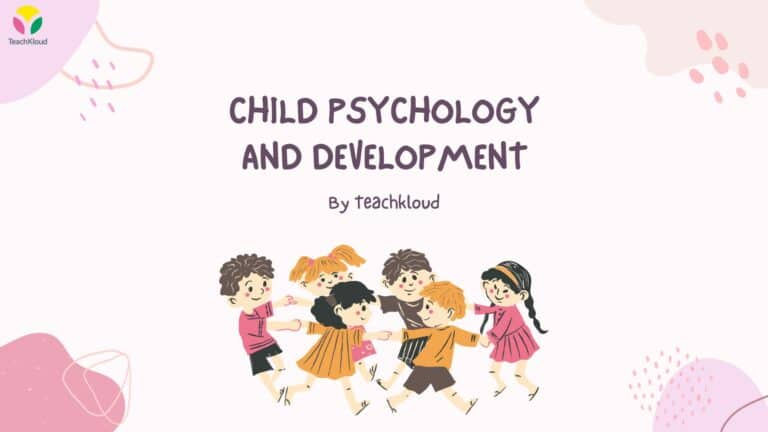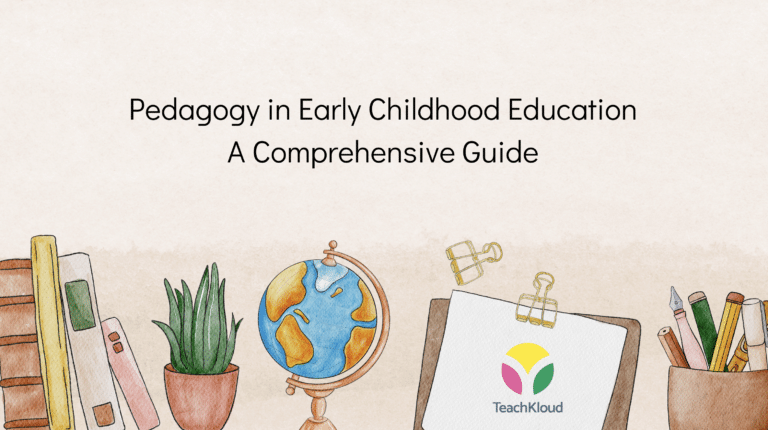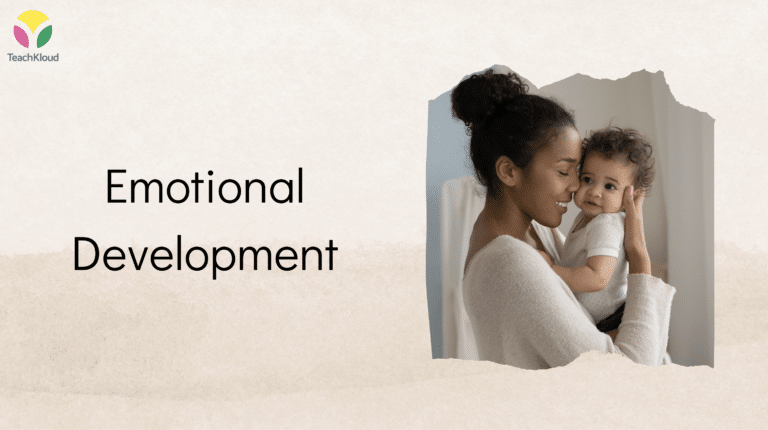Sensory Activities For Children
By: Kristie Benavidez Instagram: @LittleHandsBigImagination
Video: By TeachKloud
There are many benefits of sensory play when it comes to a child’s development as children learn a great deal through touching, tasting, seeing, smelling, and hearing. When a child is engaged in a sensory activity, they are given the opportunity to explore and use creative thinking processes. Sensory activities can vary from minimal material to a wide variety of materials.
Here are 5 examples of sensory activities for children and step by step instructions on how to set up each activity. For a quick introduction to the importance of sensory and messy play, watch our 90-second video above! These activities are a great opportunity to capture new experiences for learning journals, too! Share with your parents and even other teachers.
We recommend scheduling these activities into your management system and notifying staff in advance, because they can take a little time for preparation and things can get slightly messy, too!
1. Rice Bin
This sensory activity can be done in numerous ways. To start, you will need a sensory table or large plastic container, and 10–15 lbs. of rice depending on how much you want or need. You can choose to use the rice with or without colour. If you choose to colour the rice, you will need white vinegar, food colouring, and a large plastic bag for each colour. Fill each bag with approximately 5 cups of rice, 2–3 tablespoons of white vinegar, and 30–40 drops of food colouring. Seal each bag and shake until the food colouring is evenly distributed. Open the bags and let them air-dry overnight. Once dry, pour the rice into the sensory bin. You can add plastic scooping and measuring tools, as well as funnels, buckets, and shovels. The possibilities with sensory activities like this are endless!
2. Garden Sensory Bin
As with all sensory activities for children, this can be set up a couple of different ways. You can choose to use real potting soil, or you choose to use black beans, black sand, or black rice. Some tools you can add are small plastic shovels and rakes, rocks, and plastic bags. If you are wanting to turn this into a flower garden, you can add wooden flower pots or small plastic cups, and fabric flowers. For a vegetable garden, you can add plastic vegetables and vegetable signs. This sensory bin is sure to keep your children engaged!
- Water Table
Water sensory play can be fun, but messy. Be sure to have towels handy in case water gets on the floor. In a water table, you can provide children with cups and small buckets or bowls for pouring. You can add boats and other materials to allow children to test what items sink and which items float. Other items that can be added are plastic sea animals, seashells, ice cubes, and sponges.
4. Oobleck
If you have never heard of Oobleck, it is a fun sensory material as well as science activity. You can have this ready to go beforehand or you can make it a group activity. You will need a bowl, cornstarch, water, and food colouring if you would like to add colour to it. Start by pouring 1 cup of water into the bowl and a few drops of food colouring if you choose to add colour. Then add 1 ½ cups of cornstarch to the water and start mixing. It should start to become solid and liquid at the same time. If needed, slowly add another ½ cup of cornstarch to the mix. If you have added too much cornstarch add a little more water. Let the children put their hands in it and experiment with it. Let them try to form a ball or sculpture, and see how it turns to liquid when they open their hands. This is a great activity to get everyone engaged!
5. Snow
A snow sensory table is fun because it allows children to play with a snow-like material without having to be out in the cold! For this sensory activity, you will need white hair conditioner and baking soda. Combine 3 cups of baking soda with ½ cup hair conditioner. Stir until it becomes crumbly. Make as many batches of this as needed. You can add shovels, buckets, and other tools to the table or bin. This mixture will feel cool like snow and is easily ‘moldable’, so the children can make snowmen if they want to! This type of sensory activity is great for those that do not live near snow, or it is simply too cold to go outside and play with real snow!
Benefits Of Sensory Play
There are so many benefits of sensory play, including sensory tables and activities which are great because they can be done in numerous ways. You can change the “theme” just by swapping out a few tools or toys as well as re-using the material. Get creative with your sensory activities. If you enjoy it, your children are sure to enjoy it as well!




